The debate over whether leftover food is safe to eat has been ongoing for years. While some people swear by reheating last night’s dinner, others avoid it altogether, fearing health risks. The truth lies somewhere in between—not all leftovers are created equal. Certain types of food can become hazardous if stored improperly or reheated incorrectly, potentially increasing the risk of foodborne illnesses or even long-term health concerns like cancer. Understanding which foods pose the greatest risks can help you make smarter choices about what to keep and what to toss.
The Science Behind Leftover Food Safety
When food is cooked and then left to sit, it becomes a breeding ground for bacteria if not stored correctly. The danger zone for bacterial growth is between 40°F (4°C) and 140°F (60°C), meaning food left at room temperature for more than two hours can quickly become unsafe. Refrigeration slows bacterial growth, but it doesn’t stop it entirely. Some bacteria produce toxins that aren’t destroyed by reheating, making even thoroughly warmed leftovers potentially harmful.
Additionally, certain foods undergo chemical changes when reheated, leading to the formation of harmful compounds. Nitrates, for example, which are naturally present in some vegetables, can convert into nitrites and then into nitrosamines—a known carcinogen—when exposed to high heat multiple times. This is why some leftovers carry a higher risk than others.
High-Risk Leftovers: Foods to Handle with Caution
Leafy Greens and High-Nitrate Vegetables
Spinach, celery, beets, and other nitrate-rich vegetables are nutritious when fresh but can become problematic when reheated. The nitrates in these foods break down into nitrites, which may form carcinogenic nitrosamines when exposed to heat a second time. While the risk is relatively low with proper storage and minimal reheating, frequent consumption of reheated high-nitrate vegetables could contribute to long-term health concerns.
Processed Meats
Bacon, sausages, and deli meats are already under scrutiny for their potential cancer risks due to preservatives like sodium nitrite. Reheating these meats can further increase the formation of harmful compounds. Studies have linked processed meats to colorectal cancer, and while an occasional reheated slice of bacon won’t cause immediate harm, regular consumption of reheated processed meats should be avoided.
Rice: A Surprising Hazard
Cooked rice is a common culprit in food poisoning cases. Uncooked rice often contains spores of Bacillus cereus, a bacterium that survives cooking. If rice is left at room temperature, these spores can multiply and produce toxins that cause vomiting and diarrhea. Reheating won’t destroy these toxins, so rice should always be refrigerated promptly and consumed within a day.
Seafood
Fish and shellfish spoil quickly, and reheating them improperly can lead to food poisoning. Seafood contains delicate proteins that break down easily, creating an environment where bacteria thrive. Additionally, reheating seafood at high temperatures can cause the formation of oxidized cholesterol, which has been linked to cardiovascular disease. If you must reheat seafood, do so gently and avoid keeping it for more than a day.
Best Practices for Storing and Reheating Leftovers
To minimize risks, always store leftovers in airtight containers and refrigerate them within two hours of cooking. When reheating, ensure the food reaches an internal temperature of at least 165°F (74°C) to kill most bacteria. Using a microwave? Stir food midway through heating to eliminate cold spots where bacteria can survive. For foods like rice and seafood, consider reheating only once and discarding any uneaten portions.
Freezing can extend the shelf life of leftovers, but not indefinitely. Most cooked foods remain safe for up to three months in the freezer, though quality may degrade over time. Label containers with dates to keep track of how long items have been stored.
When in Doubt, Throw It Out
No leftover is worth risking your health. If food smells off, has an unusual texture, or has been stored for too long, err on the side of caution and discard it. The potential consequences of foodborne illness—or long-term exposure to harmful compounds—far outweigh the inconvenience of wasting a meal.
While not all leftovers are dangerous, being mindful of which foods pose higher risks can help you enjoy last night’s dinner safely. By following proper storage and reheating techniques, you can reduce the likelihood of foodborne illness and make smarter choices about what to keep and what to discard.

By /Jun 14, 2025

By /Jun 13, 2025

By /Jun 13, 2025

By /Jun 13, 2025

By /Jun 13, 2025

By /Jun 13, 2025

By /Jun 13, 2025

By /Jun 13, 2025

By /Jun 13, 2025
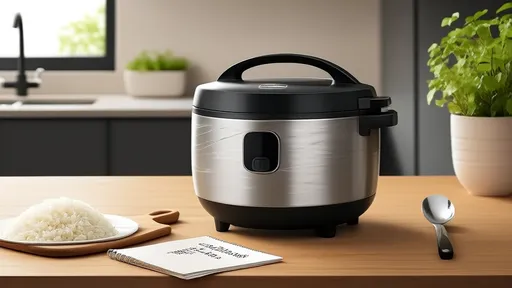
By /Jun 13, 2025

By /Jun 13, 2025
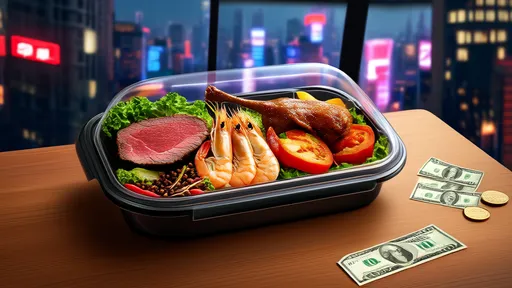
By /Jun 13, 2025
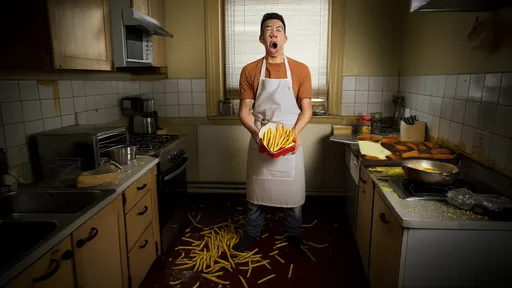
By /Jun 13, 2025
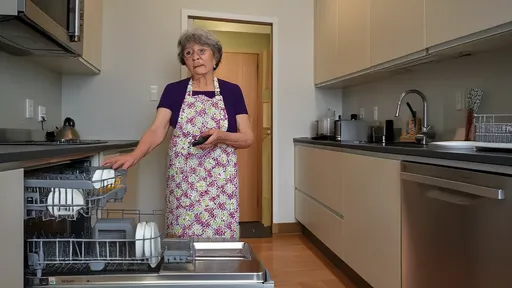
By /Jun 13, 2025

By /Jun 13, 2025

By /Jun 13, 2025

By /Jun 13, 2025
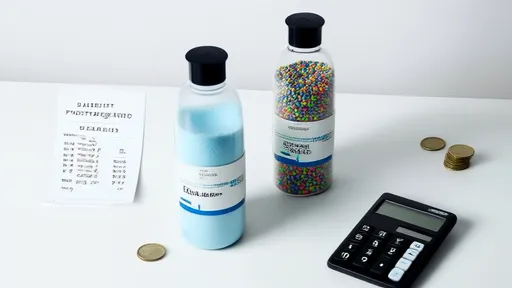
By /Jun 13, 2025
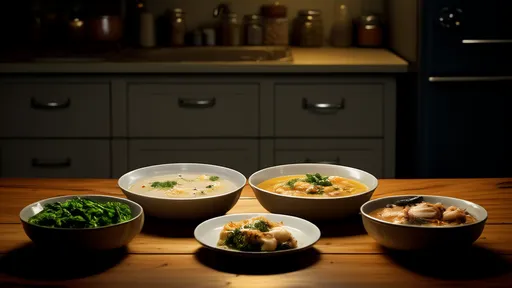
By /Jun 13, 2025

By /Jun 13, 2025